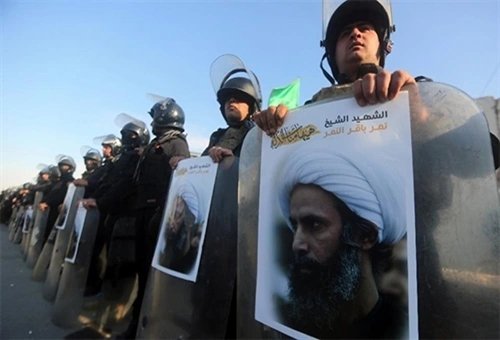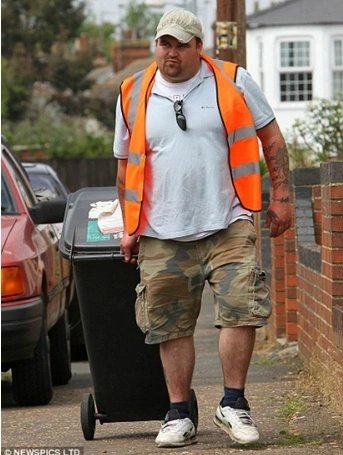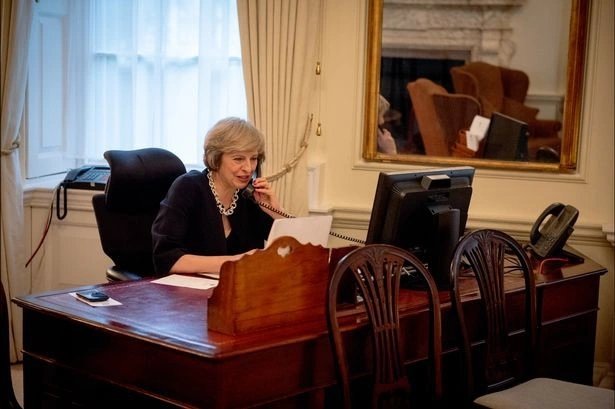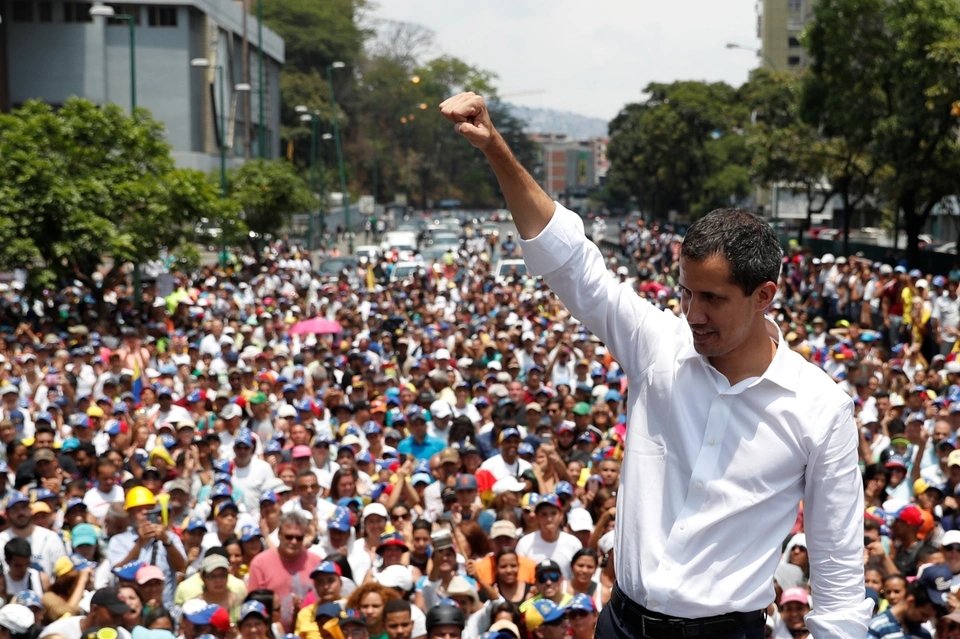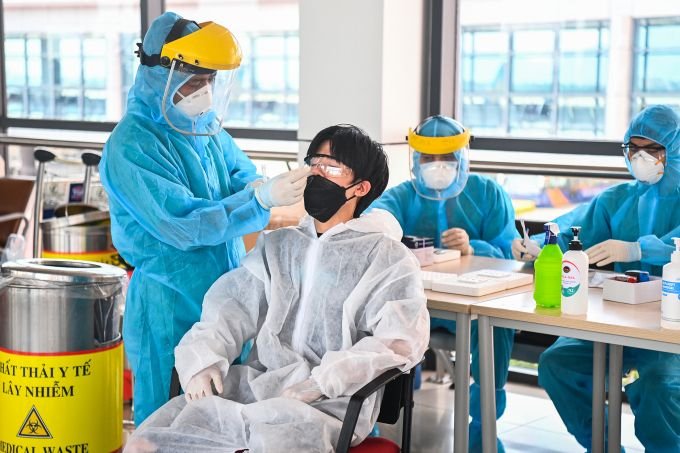
This content was mentioned by the Ministry of Health in a telegram dated September 19 sent to the Steering Committee for Covid-19 Prevention and Control of provinces and cities.
In this telegram, the Ministry of Health requested provinces and cities to follow the instructions on September 15 on testing and a number of epidemic prevention measures during social distancing, especially focusing on doing so in at-risk areas.
Another point is that the Ministry of Health believes that localities will base on the implementation results to decide on easing social distancing according to the principle of `implementing a roadmap and gradually lowering the risk level step by step.`
Taking samples for Covid-19 testing in Hanoi.
Four days ago, telegram 1409 of the Ministry of Health emphasized that `speedy testing is key`, important for early control of the epidemic.
Accordingly, for very high-risk and high-risk areas (red zones, orange zones), localities must test all people in the area 3 times in 7 days, with priority given to using antigen tests.
Currently, Hanoi has begun to narrow the scale of testing, requiring districts to localize and take samples for testing of people with symptoms of Covid-19 infection such as cough, fever, sore throat, fatigue… Thus
Mr. Truong Quang Viet, Director of the Hanoi Center for Disease Control (CDC), said that in the coming time, testing in the area will change in the direction of narrowing the scale, sampling people with epidemiological factors,
Ho Chi Minh City also launched a testing plan until September 30.
In yellow areas (at risk), green and near-green areas (low risk), do RT-PCR testing of a pooled sample representing households, pooling 10 for green and near-green zones and pooling 5 for yellow zones.
At a meeting with Ho Chi Minh City leaders on September 17, many experts suggested that the city should not continue large-scale testing and tracing because it is very expensive, but should switch to sampling high-risk people and symptoms.
Le Nga

